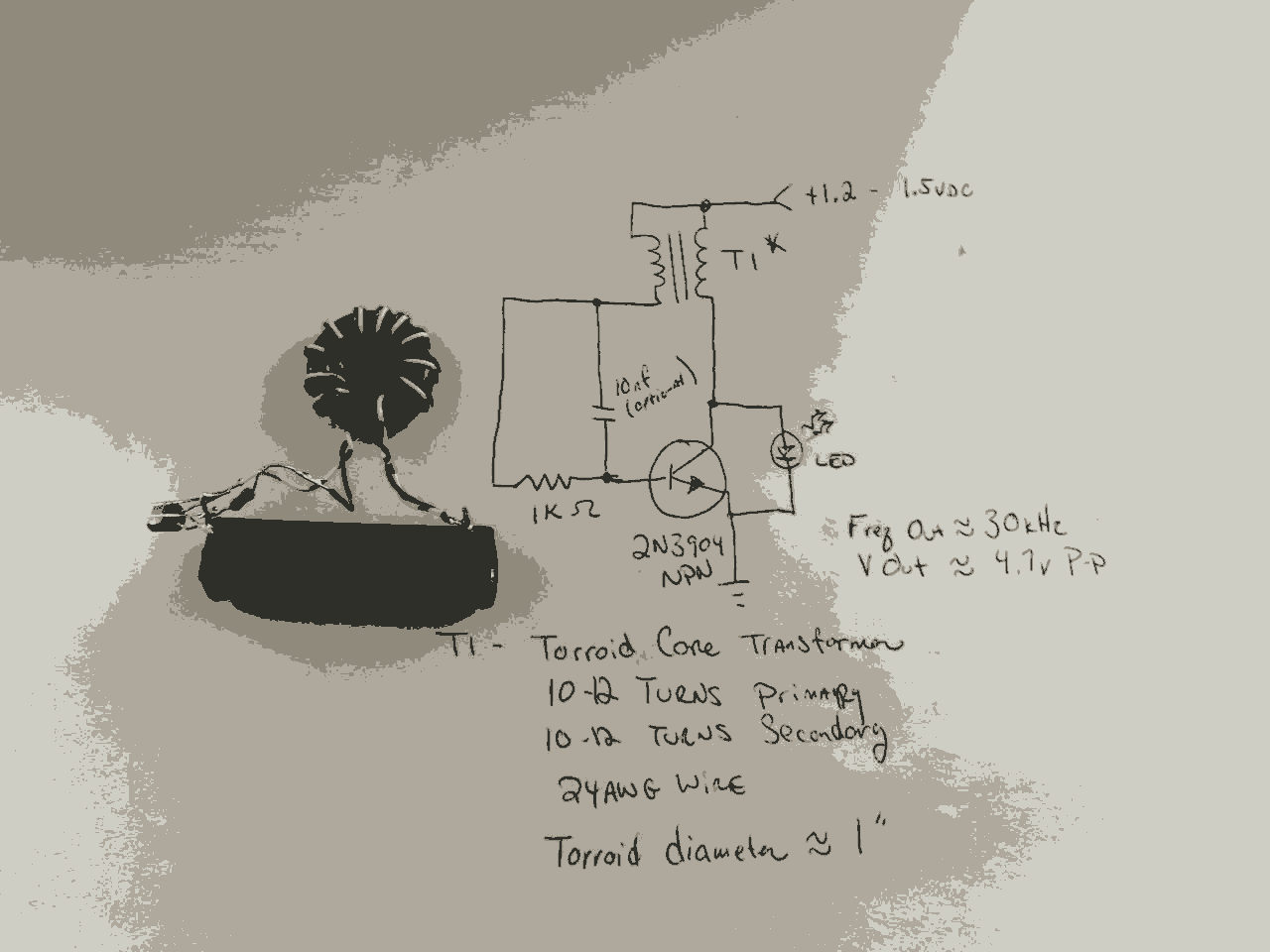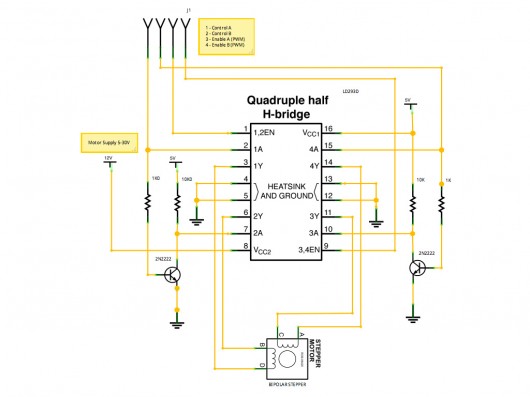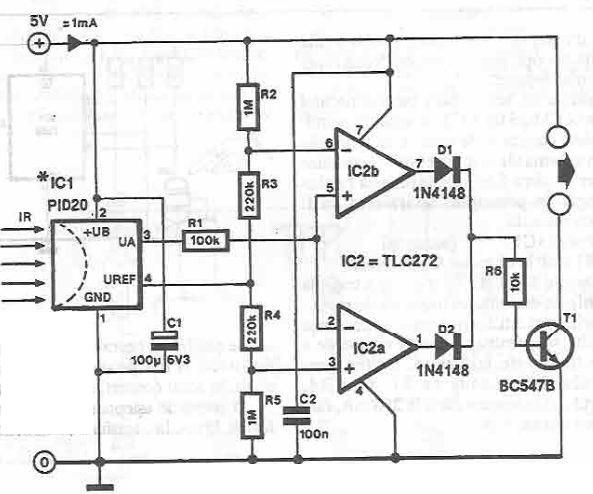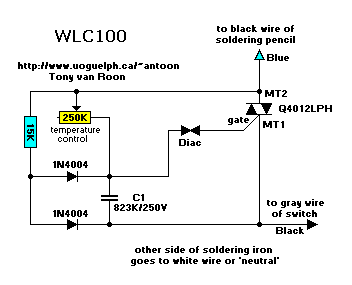
Secure lock circuit (CD4017) schematic
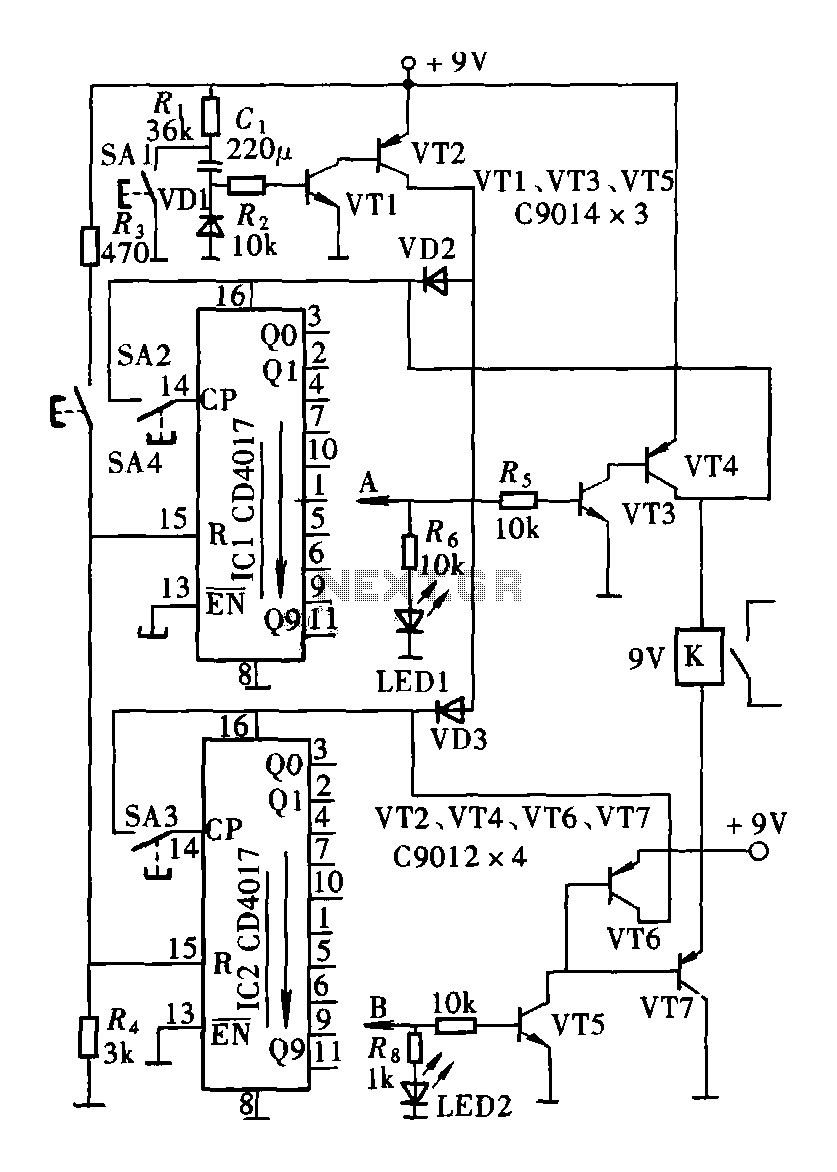
The circuit consists of a two and four decimal counter CD4017 used in conjunction with a password switch. It is composed of the output terminals from the key switch logic combination of components, which provide another feature of the electronic code switch. The circuit is straightforward and utilizes only two CD4017 counters with four password input keys.
The described circuit employs the CD4017 decade counter IC, which is capable of counting from 0 to 10 and can be configured to produce outputs corresponding to each count. In this application, the CD4017 serves as the core component for the password entry system, where each key press corresponds to a specific output state.
The two CD4017 counters are connected in a manner that allows for the detection of a four-digit password. Each CD4017 counter outputs a high signal on its respective output pin when the count reaches a specific number. The password switch is implemented using a key switch mechanism that allows the user to input a sequence of digits. The logic combination of components ensures that only the correct sequence of key presses will activate the desired output.
The circuit design includes pull-down resistors to ensure stable logic levels at the inputs of the CD4017 counters. Additionally, debounce circuitry may be incorporated to prevent false triggering caused by mechanical bouncing of the key switches.
The output from the counters can be utilized to drive additional components, such as LEDs for visual feedback or relays for activating other devices upon successful password entry. The simplicity of the circuit makes it suitable for applications where basic access control is required, such as in security systems or electronic locks.
Overall, this password switch circuit demonstrates an effective use of the CD4017 decade counter in a straightforward electronic access control application.Circuit as shown by the two and four decimal counter CD4017 password switch composed by the output terminal of the key switch logic combination of components to another feature of the electronic code switch. Circuit is simple, and only two CD4017 four password input keys.
The described circuit employs the CD4017 decade counter IC, which is capable of counting from 0 to 10 and can be configured to produce outputs corresponding to each count. In this application, the CD4017 serves as the core component for the password entry system, where each key press corresponds to a specific output state.
The two CD4017 counters are connected in a manner that allows for the detection of a four-digit password. Each CD4017 counter outputs a high signal on its respective output pin when the count reaches a specific number. The password switch is implemented using a key switch mechanism that allows the user to input a sequence of digits. The logic combination of components ensures that only the correct sequence of key presses will activate the desired output.
The circuit design includes pull-down resistors to ensure stable logic levels at the inputs of the CD4017 counters. Additionally, debounce circuitry may be incorporated to prevent false triggering caused by mechanical bouncing of the key switches.
The output from the counters can be utilized to drive additional components, such as LEDs for visual feedback or relays for activating other devices upon successful password entry. The simplicity of the circuit makes it suitable for applications where basic access control is required, such as in security systems or electronic locks.
Overall, this password switch circuit demonstrates an effective use of the CD4017 decade counter in a straightforward electronic access control application.Circuit as shown by the two and four decimal counter CD4017 password switch composed by the output terminal of the key switch logic combination of components to another feature of the electronic code switch. Circuit is simple, and only two CD4017 four password input keys.

